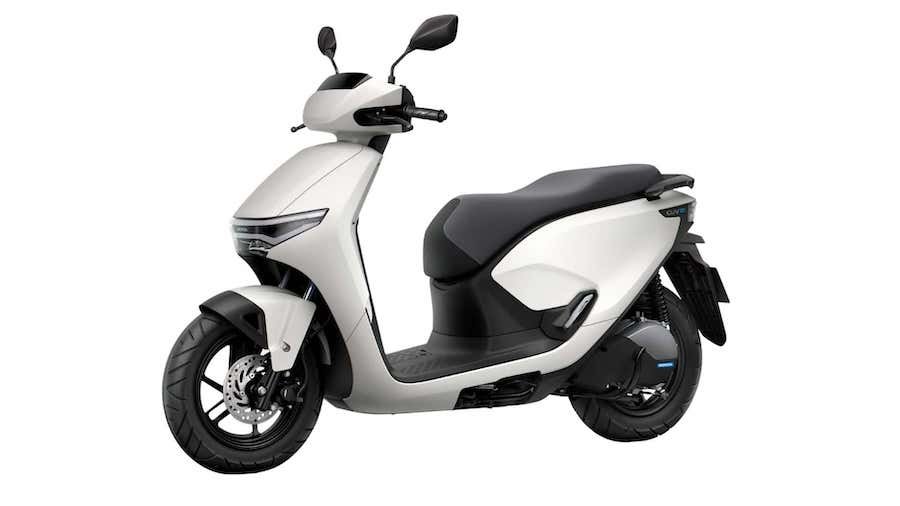Honda Launches Two More EV Models, In A Bid To Hit Its 2030 Goals

Remember Honda's announcement of mega plans to release 30 EVs by 2030? As I write this, it's now Q4 of 2024. We're almost halfway through the 2020s, so if it's going to meet that goal, Honda knows it has to move quick.
And while it hasn't quite hit the halfway point yet, each new EV in its international roster is one step closer to that goal of hitting 30 by the end of the decade. That's why, on October 9, Team Red officially announced the introduction of the new CUV e: and ICON e: commuter scooters, exclusively for the Indonesian market.
Why Indonesia? For those unfamiliar, motorcycles as a broad category are the single most popular form of transportation in the country. While the country did experience a slight decrease in sales in 2020 thanks to the global pandemic, it rebounded in the following years, recording a total of 5.2 million motorbikes sold throughout the country in 2022, according to Statista.
And while electric motorbikes haven't yet taken over the country's massive market, there are reasons why Honda would move to grow its EV presence in the nation. For one thing, the company is currently Indonesia's market leader, with its motorbikes accounting for about 73.8 percent of yearly sales. And for two, the Indonesian government has been offering sweet incentives to get more riders on EVs instead of gas-powered bikes.
So, slightly over a year after Honda first introduced the EM1 e: in Indonesia, Team Red is bringing out two new electric commuter scooter offerings: the CUV e: and the ICON e:. The CUV e: is an electric 110cc-equivalent scooter, and is a direct evolution of the SC e: concept.
Where did the name come from? It's a nod to Honda's first-ever electric scooter, all the way back in 1994. The CUV ES, which was short for "Clean Urban Vehicle Electric Scooter," was Honda's incredibly '90s-tastic first-ever EV scooter design.
Seriously, just look at all that fantastic, fully-saturated teal on the OG CUV. It's not just on the front bodywork; it's on the wheels! The swingarm! The front fork! It's just one glitter-soaked puffy animal sticker explosion away from a Lisa Frank-themed Trapper Keeper, and I genuinely can't even.
While the 2024 CUV e: has a pleasingly modern shape, and while I do particularly appreciate that headlight and front cowl, I can't help but miss the bright color choice made on the one from 1994. It's probably the reason I appreciate Yamaha's use of a slightly different bright teal in a lot of its paint and graphics packages on recent members of the MT lineup. When it comes to motorbike color choices, I am Team Bright all the way, in every era.
Back to the CUV e: and ICON e:, though. The CUV e: uses two of Honda's Mobile Power Packs, which are fully swappable. Meanwhile, the ICON e: is based on the EM1 e:, and has had its exterior redesigned specifically for the Indonesian market. It uses a ternary lithium battery, which can either be recharged on or off the bike. It utilizes a hub-mounted motor, and has enough under-seat storage for a helmet. That's an interesting development, since one issue with small EV scooters has historically been the fact that the underseat storage enjoyed by piston-powered scooters is often taken up by battery packs.
Both of Honda's latest EV scooters will be manufactured for the Indonesian market in Indonesia, and not imported from overseas. CUV e: comes with a reverse mode, in addition to three regular riding modes: Standard, Sport, and Econ.
The CUV e: can also be outfitted, as an available option, with Honda RoadSync Duo. This optional extra will let riders connect to their CUV e: with their smartphone, make phone calls, listen to music, and access navigation features.

![]()
Related News


